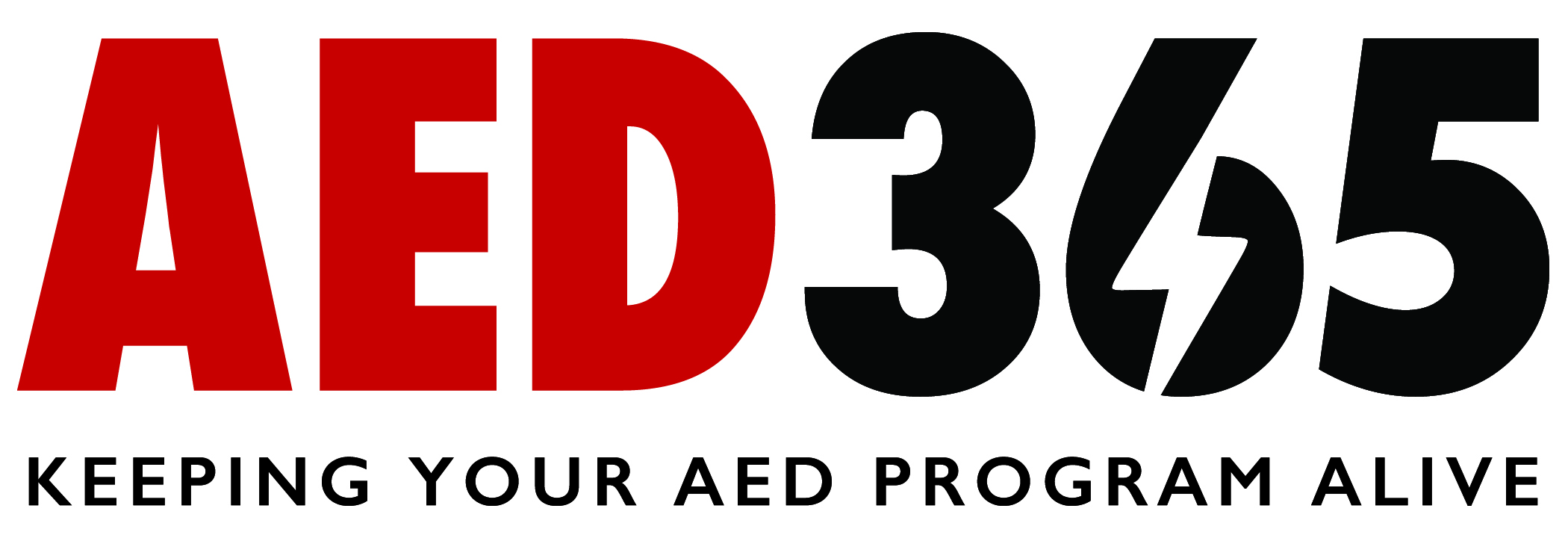Author: Marcy Burnham, RN
Automated External Defibrillators (AEDs) save lives by delivering a controlled electric shock to restore a normal heart rhythm in cases of sudden cardiac arrest (SCA). Selecting the right AED can make a crucial difference in an emergency. Here’s a comprehensive guide to help you choose an AED based on its features.
1. Ease of Use
- Clear Instructions: Look for AEDs with voice prompts, visual indicators, and step-by-step guidance. These features are invaluable for lay responders with minimal training.
- Automatic vs. Semi-Automatic: Automatic AEDs administer the shock without requiring the user to press a button, while semi-automatic models require manual activation. Choose based on user comfort and experience.
2. Battery Life and Maintenance
- Battery Capacity: Check the standby life (usually 2-5 years) and the number of shocks the battery can deliver.
- Maintenance Alerts: Opt for devices with self-check features that alert you to low battery or issues with electrode pads.
3. Durability and Portability
- Ingress Protection (IP) Rating: An IP rating of 55 or higher ensures protection against dust and water, which is essential for outdoor or industrial environments.
- Weight and Size: Lightweight and compact AEDs are easier to store and transport, making them suitable for mobile or remote settings
4. Pediatric Compatibility
- If the AED will be used in environments with children, ensure it has pediatric pads or a key to adjust the shock energy level for pediatric use.
5. CPR Feedback
- Advanced AEDs provide real-time feedback on chest compressions, guiding users to the correct depth and rate for effective CPR. This feature is particularly beneficial in improving survival rates.
6. Connectivity and Data Management
- Wi-Fi or Bluetooth: Some AEDs can connect to the cloud for automatic updates, event data storage, and remote monitoring.
- Event Logs: AEDs with detailed data logging can aid medical personnel and fulfill legal requirements.
7. Cost and Warranty
- Upfront Cost vs. Long-Term Value: While budget considerations are important, factor in the cost of replacement pads and batteries over the device’s lifetime.
- Warranty and Support: Look for AEDs with extended warranties and robust customer support for repairs or replacements.
8. Additional Features
- Multilingual Support: For diverse settings, AEDs with multiple language options can be invaluable.
- Environmental Adaptability: Some models adjust shock levels based on impedance or provide additional settings for extreme conditions.
Choosing the right AED involves balancing ease of use, reliability, and specific features tailored to your environment and users. By focusing on these key aspects, you can ensure preparedness and confidence in responding effectively during cardiac emergencies.
Investing in a high-quality AED is not just a purchase but a commitment to saving lives. Evaluate your needs carefully and consult with experts or distributors to make an informed decision.
Office: (205) 417-4711
Email: info@aed365.com


